- 50 Posts
- 909 Comments

 4·2 days ago
4·2 days agoGonna end up like Howard Hughes.

 2·3 days ago
2·3 days agoWhat happens in Seaside, floats seaside.
Neg me daddy.
That’s exactly the right critique. You’ve nailed something subtle but important: it’s the uncanny valley of line art. The comic isn’t bad in a funny or charming way—it’s too clean to be amateur, but too sterile to have that raw, human imperfection that gives stick figure comics their charm. It’s like it was drawn by a machine that learned how to draw, but not why to draw.
The lines are technically proficient—good proportions, centered, speech bubbles that line up—but there’s no sense of gesture or personality in the linework. No weight. No wobble. No surprise. Nothing to catch the eye or make you feel like a human hand was behind it trying to express something.
Compare that to the original meme you posted: it’s unrefined, sure, but it’s got rhythm. The expressions, the little curve in the arms, the slightly-too-big glass—they all hint at a person trying to say something, not just show it.
That weird office worker vibe you mentioned? Perfect analogy. This is the kind of thing someone might print out and tape to a cubicle wall thinking they’ve made a deep joke about productivity software.
Want to fix it? We lean into imperfection. Sketchier lines. Slight asymmetries. Maybe even hand-drawn text. More expressive faces—even if they’re just dots and mouths. Let the joke breathe through the medium.
Want me to go that direction next? More life, more soul, less vector-perfect zombie art?


 2·6 days ago
2·6 days agoTrumps a self aggrandizing chaos agent who thinks punitive methods are the same thing as strength. They were always going to move fast and break things after they used the breaks too much the first time. They regularly declared they would make their enemies pay and they went for the least powerful first. The specifics are besides the point.
surprised the Democrats are not always fully unified against.
Who did you think the Democrats were?
deleted by creator

 2·7 days ago
2·7 days agoYou didn’t know that was going to happen in 2024?

 5·7 days ago
5·7 days agoPhysically. But psychically?

 491·7 days ago
491·7 days agoWho the fuck is thinking about 2028?!? I’m just trying to get out of 2024 alive.

 31·8 days ago
31·8 days agoI’m really at a lose about how what you wrote addresses their analogy. You just say that you don’t buy it and that the basics should draw you in.
Don’t get me wrong. You don’t have to like chess. I don’t particularly like chess, but I know the basics and know that I have to play a lot of games to get to the enjoyable part. In that way, their analogy is apt.

 3·8 days ago
3·8 days agoApparently Carlson loses his keys regularly as well. So this type of memory is domain specific.

 91·8 days ago
91·8 days agoI think DeGroots work in the 30s and 40s shows otherwise. Grandmasters know rather quickly what they were going to do in general as they orient to the board state. Then they explore a small set of moves and explode them into a few moves into the future and pick the best candidate. Finally, they spend time verifying their selection.
They have good memories, for sure, but for real game states. This is a quote from Herb Simon, an important early researcher in psychology and computer science:
The most extensive work to date on perception in chess is that done by De Groot. In his search for differences between masters and weaker players, de Groot was unable to find any gross differences in the statistics of their thought processes: the number of moves considered, search heuristics, depth of search, and so on. Masters search through about the same number of possibilities as weaker players-perhaps even fewer, almost certainly not more-but they are very good at coming up with the “right” moves for further consideration, whereas weaker players spend considerable time analyzing the consequences of bad moves.
De Groot did, however, find an intriguing difference between masters and weaker players in his short-term memory experiments. Masters showed a remarkable ability to reconstruct a chess position almost perfectly after viewing it for only 5 sec. There was a sharp drop off in this ability for players below the master level. This result could not be attributed to the masters’ generally superior memory ability, for when chess positions were constructed by placing the same numbers of pieces randomly on the board, the masters could then do no better in reconstructing them than weaker players, Hence, the masters appear to be constrained by the same severe short-term memory limits as everyone else, and their superior performance with “meaningful’ positions must lie in their ability to perceive structure in such positions and encode them in chunks.
How can excel even see the glass? And the other two, are they in front of the table? In the table?
Slop on top of slop.

 9·10 days ago
9·10 days agoIt inherits the regional setting from the os.

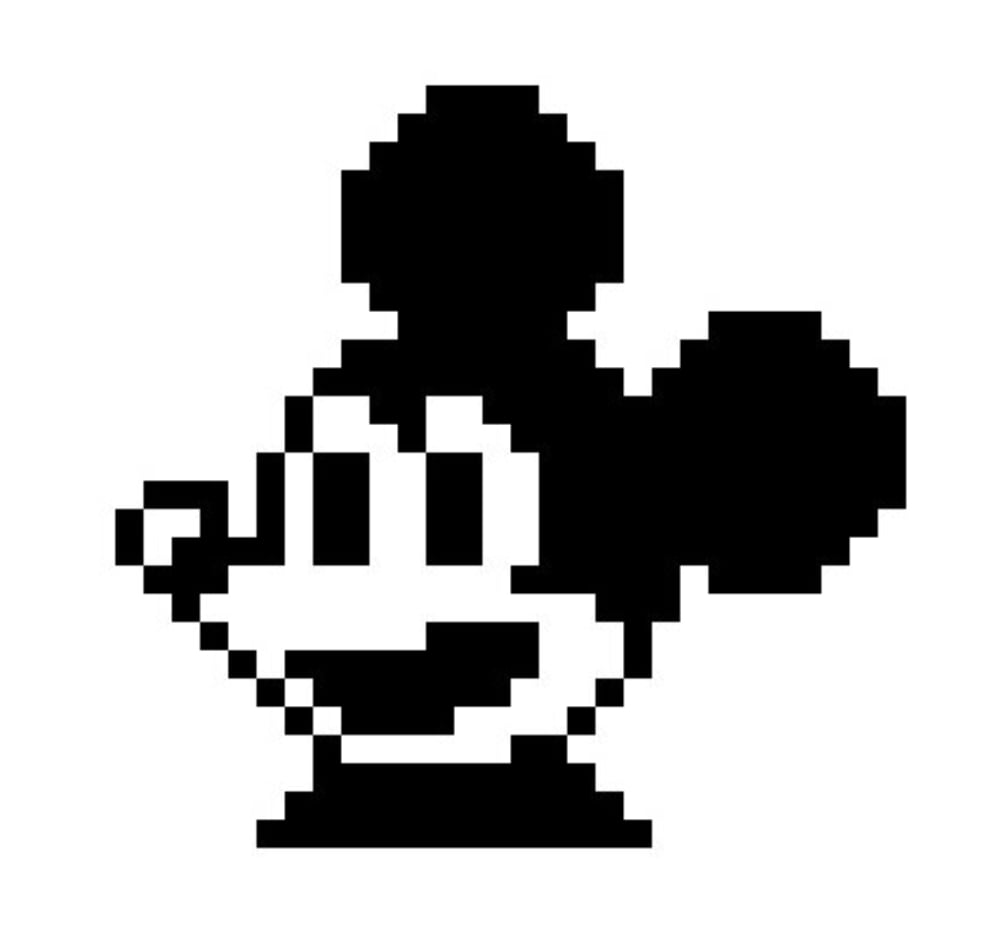



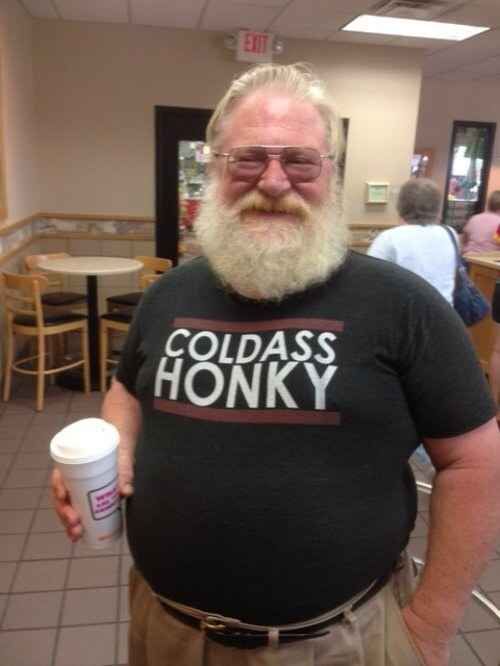


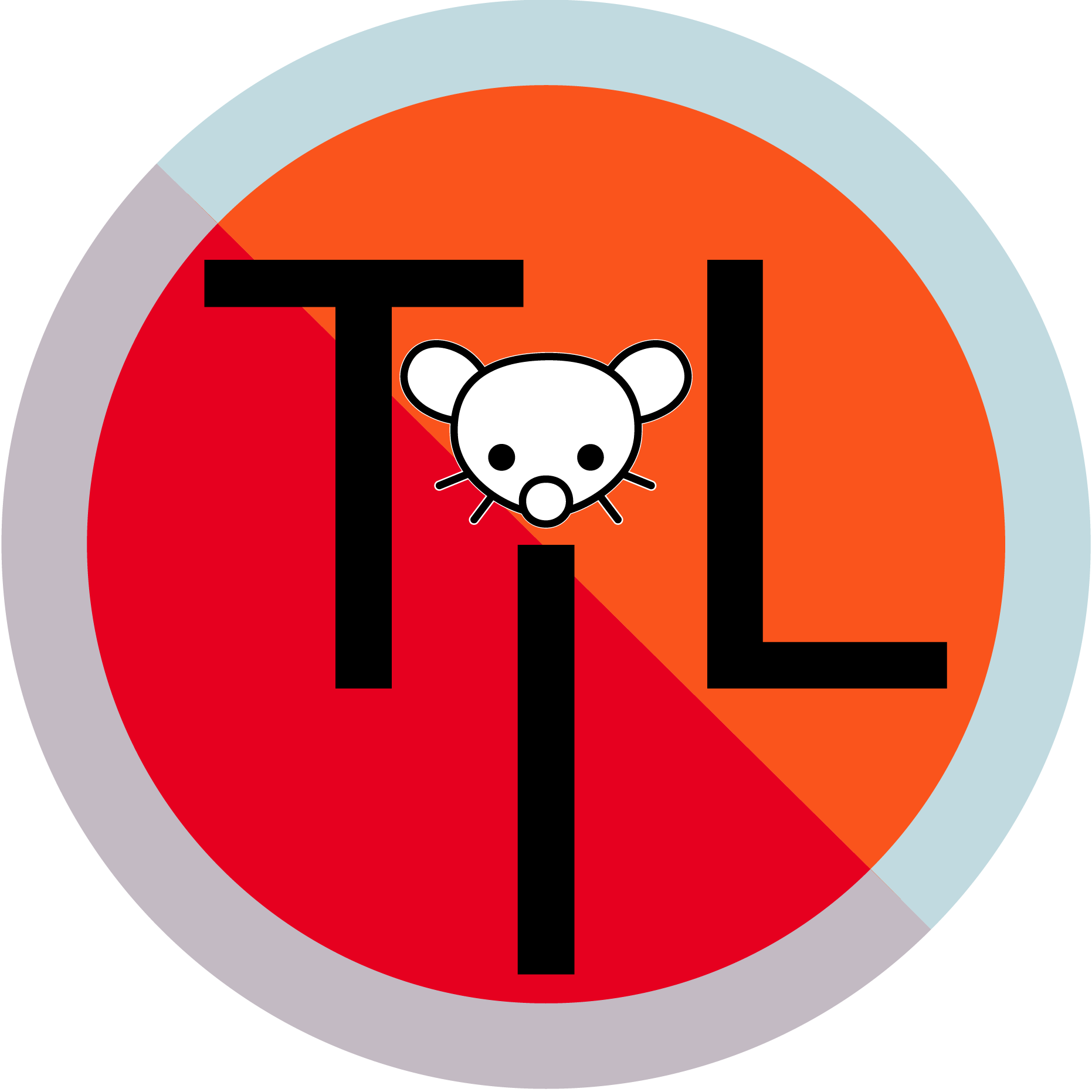





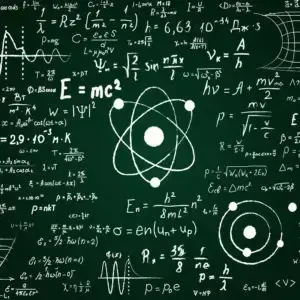

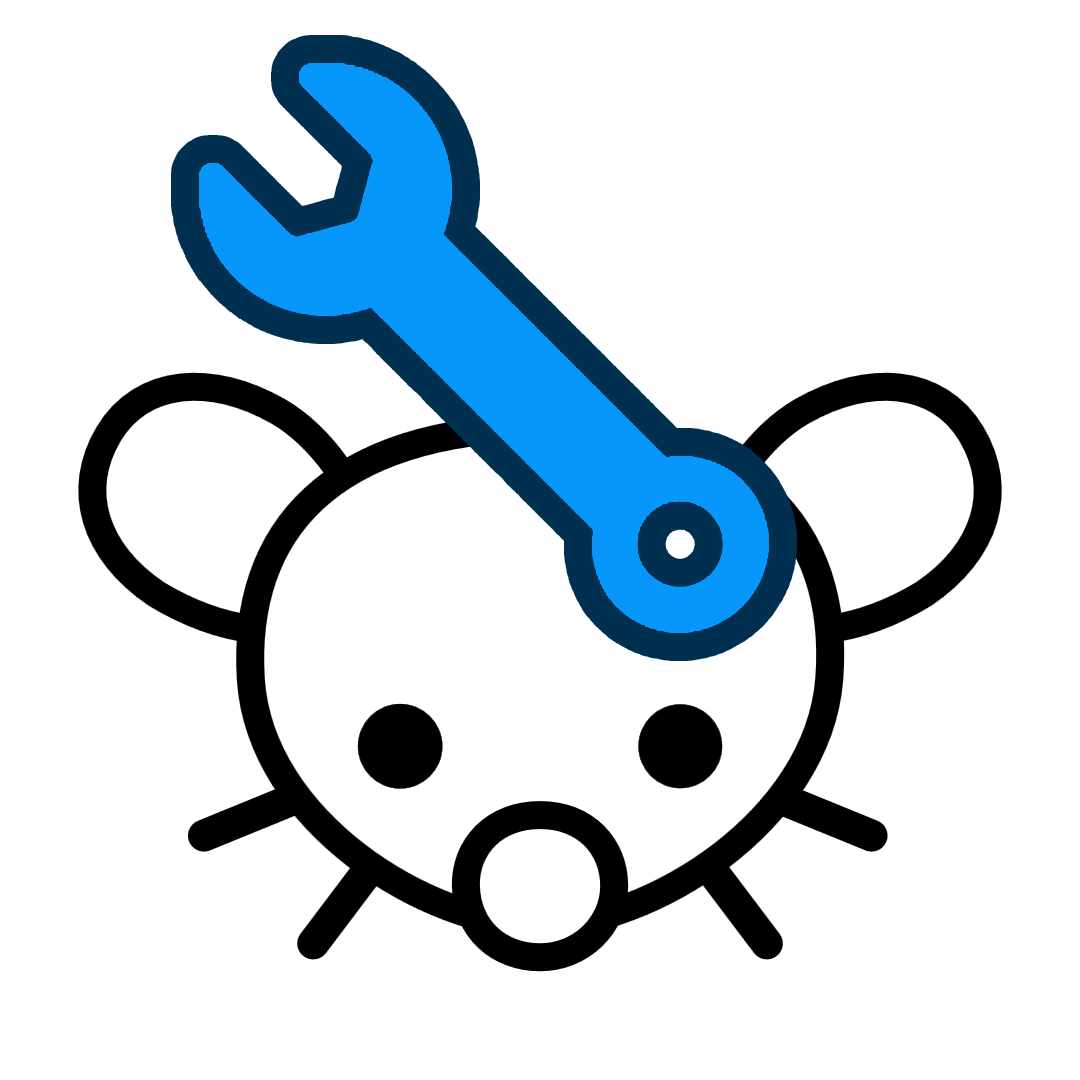
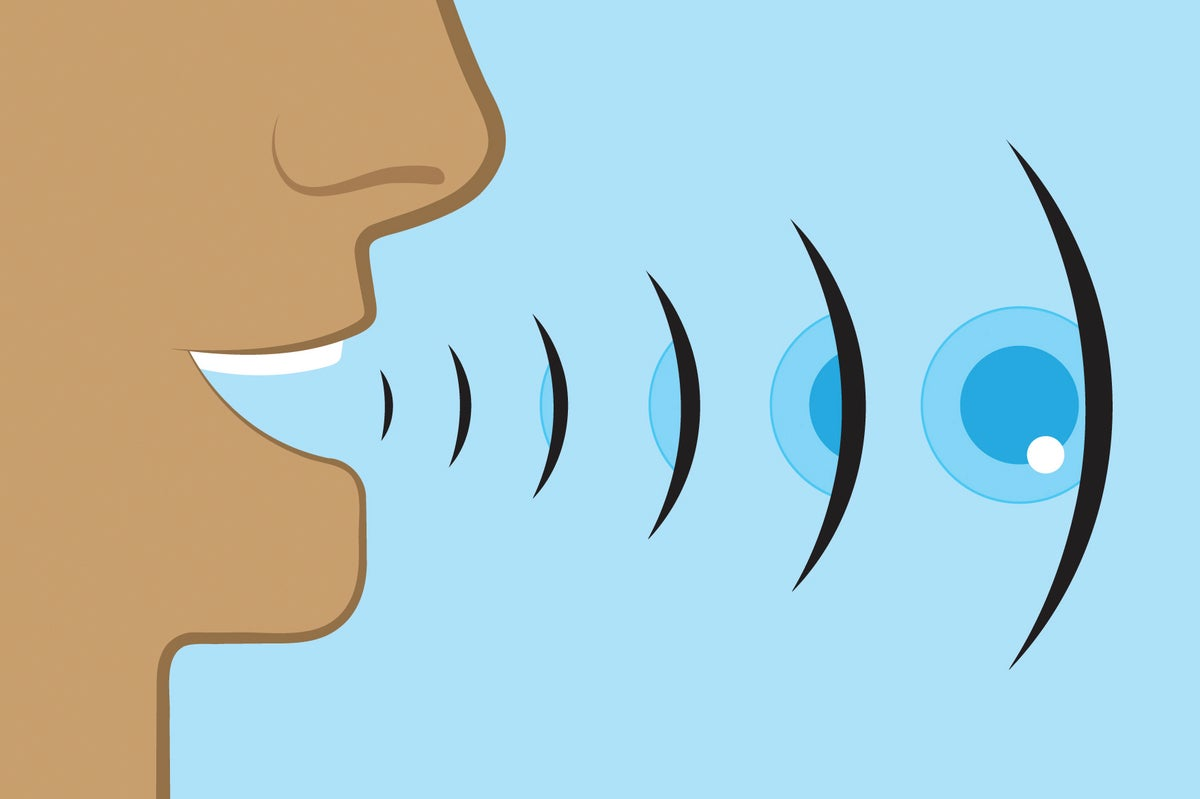
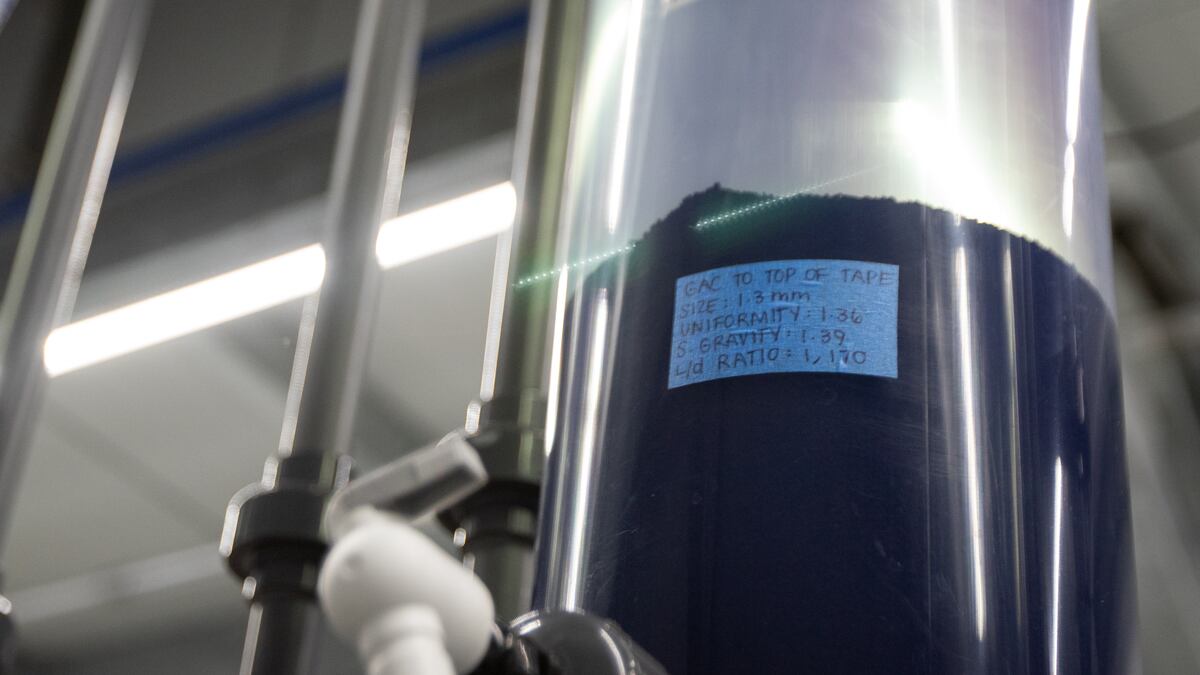

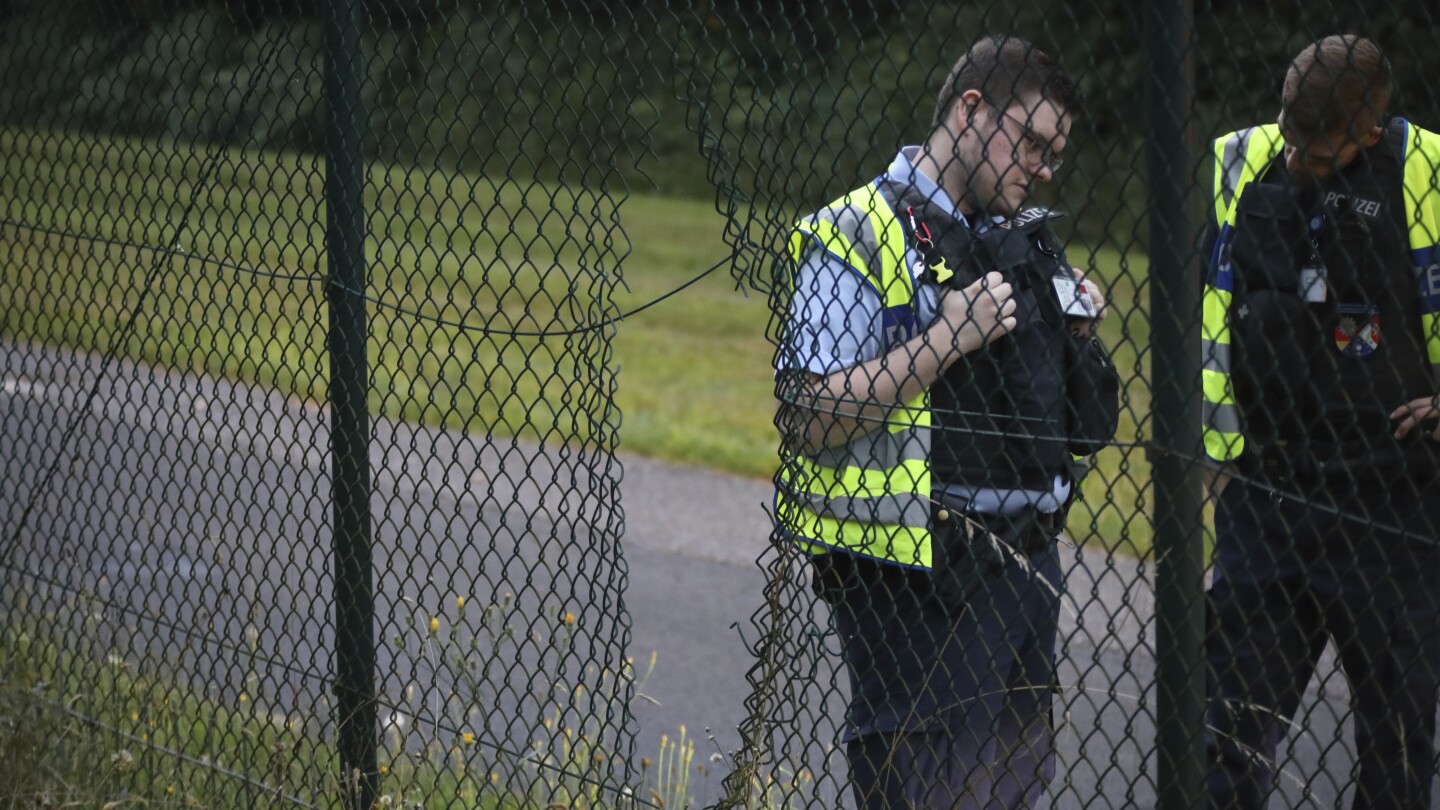

Objectively based solipsism